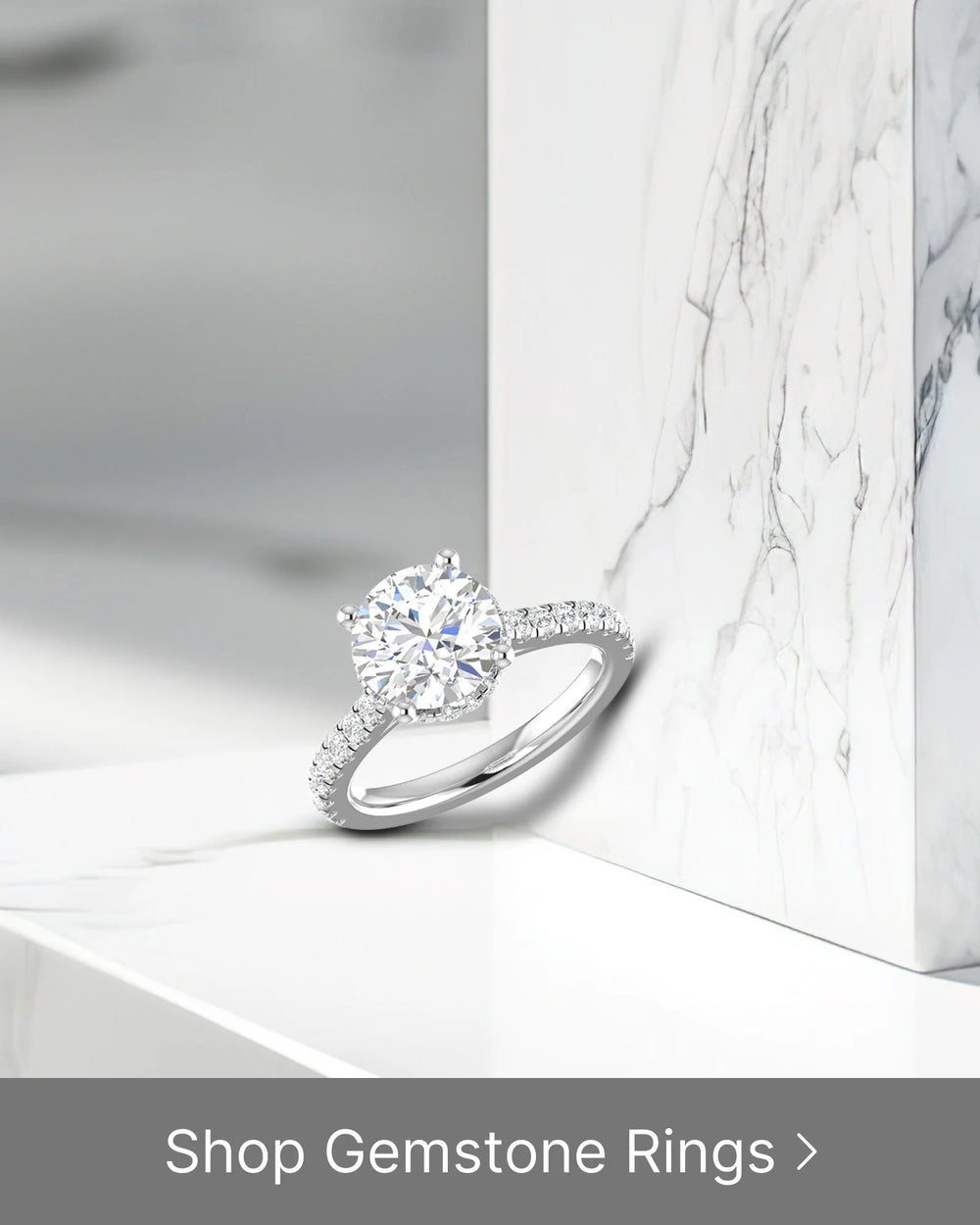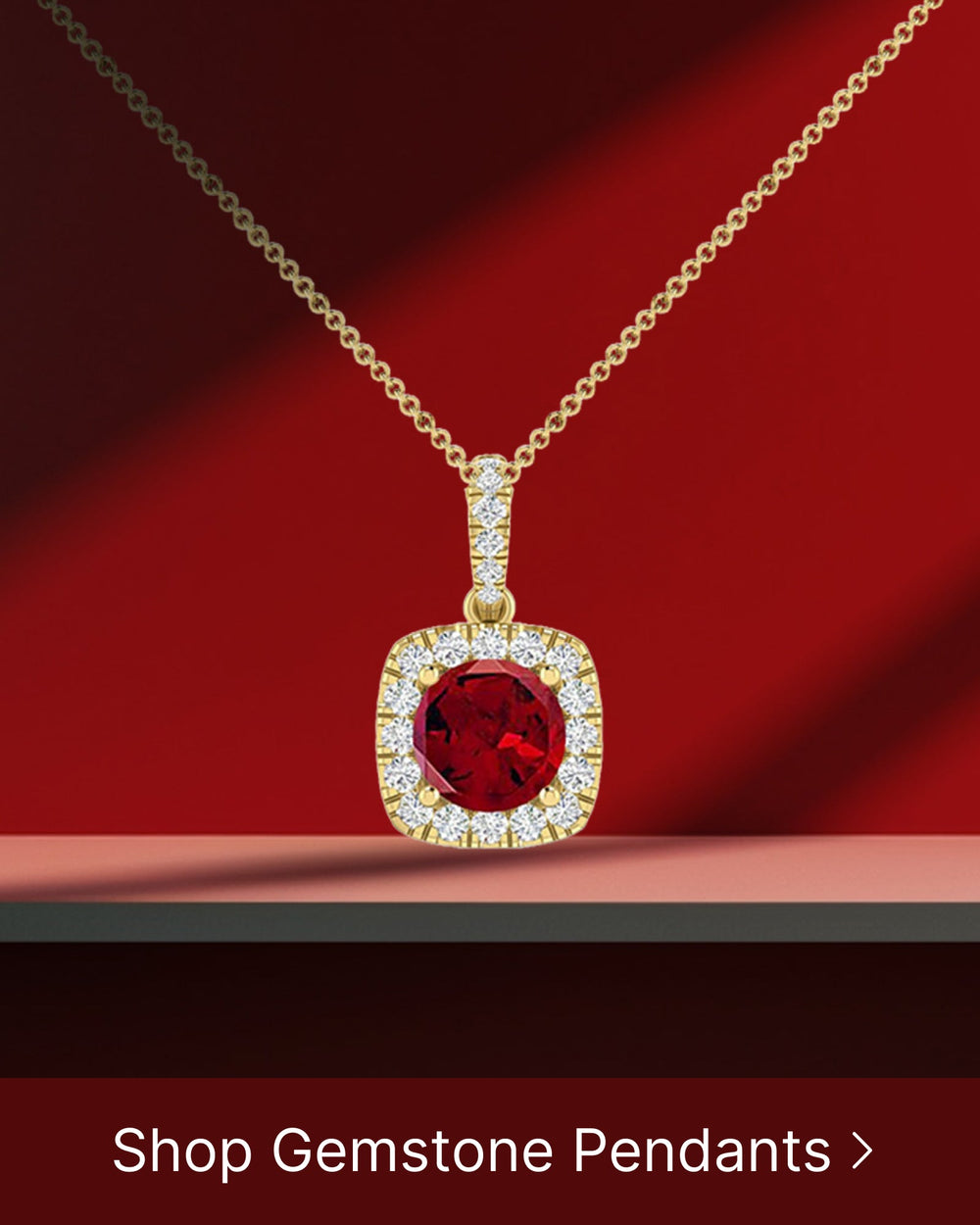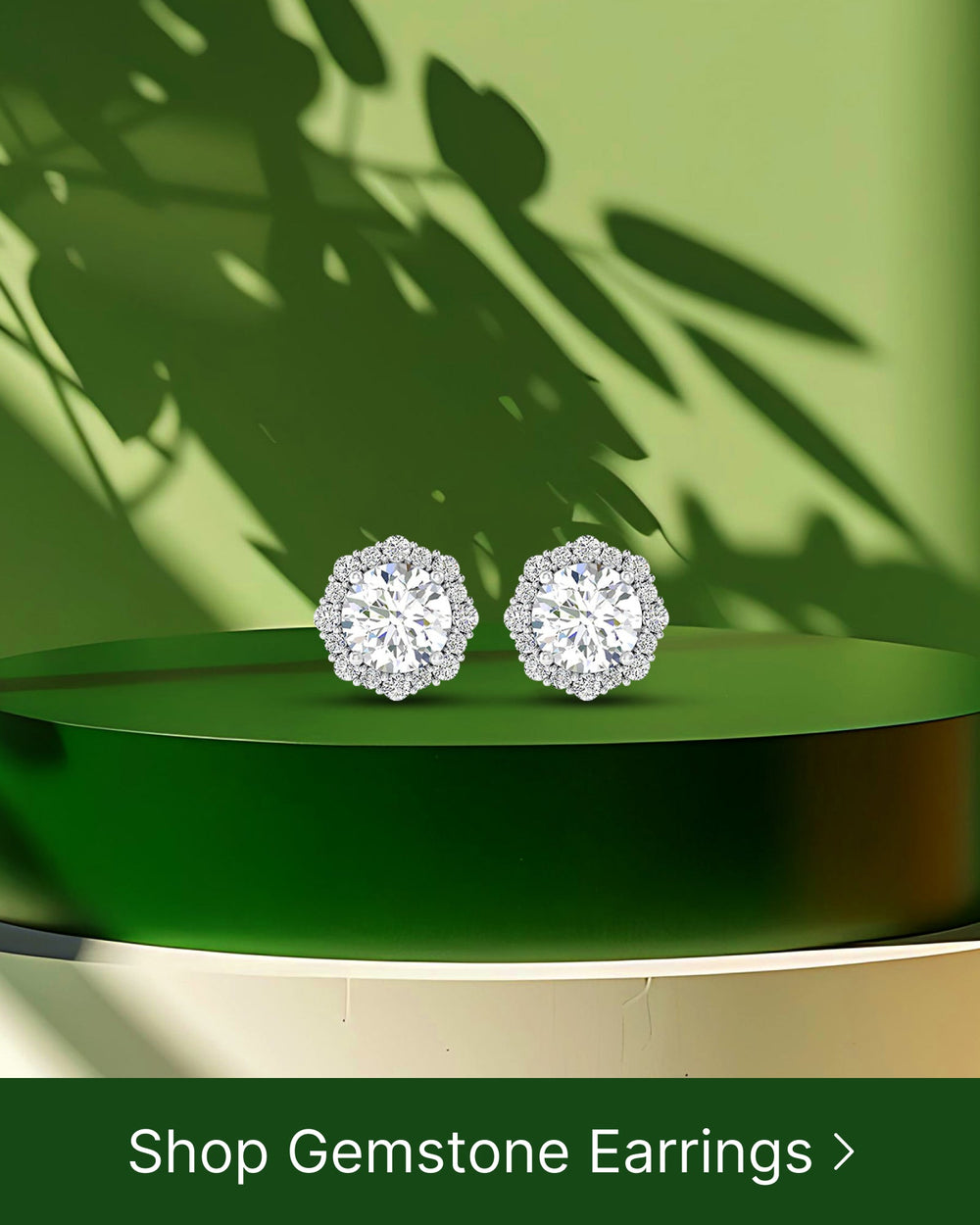Citrine is a captivating gemstone known for its warm and vibrant hues. Its popularity has been on the rise in recent years, which unfortunately has led to an increase in counterfeit citrine flooding the market. In this quick guide, we will help you navigate the world of citrine and equip you with the knowledge to identify genuine citrine from its imitations.
Understanding Citrine: An Overview
Before we delve into the art of distinguishing authentic citrine, let's first familiarize ourselves with this dazzling gemstone. Citrine is a variety of quartz, characterized by its radiant shades of yellow and golden hues. It is often associated with positive energy and abundance, making it a popular choice for both jewelry enthusiasts and crystal collectors alike.
Citrine gets its name from the French word "citron," meaning lemon, due to its vibrant lemon-yellow color. It is a variety of quartz found in a range of colors, from pale yellow to deep amber. Natural citrine is relatively rare, with most specimens on the market being heat-treated amethyst or smoky quartz.
But what makes citrine truly unique are its properties. One of the key characteristics that sets citrine apart is its transparency. Genuine citrine is typically transparent or translucent, allowing light to pass through and create a beautiful play of color. Imagine holding a citrine gemstone up to the sunlight and witnessing its golden glow dance with brilliance.
Not only is citrine visually stunning, but it also boasts a remarkable hardness. On the Mohs scale, which measures a gemstone's hardness, citrine scores a 7. This means that it is durable enough for everyday wear, making it an excellent choice for jewelry that can withstand the test of time.
Furthermore, citrine is known for its metaphysical properties. It is believed to carry the energy of the sun, radiating warmth, joy, and positivity. Many people turn to citrine for its ability to uplift the spirit and attract abundance into their lives. Whether worn as jewelry or used in crystal healing practices, citrine is said to promote self-confidence, creativity, and motivation.
When it comes to the origins of citrine, Brazil is the leading producer of this gemstone. The state of Rio Grande do Sul in Brazil is particularly famous for its citrine mines, where some of the finest specimens are found. Other notable sources include Madagascar, Bolivia, and the United States.
In conclusion, citrine is a captivating gemstone that captivates with its vibrant yellow hues, transparency, and durability. Whether you're drawn to its aesthetic beauty or its metaphysical properties, citrine is a gemstone that continues to fascinate and inspire. So the next time you come across a citrine jewelry piece or a crystal, take a moment to appreciate the unique qualities and rich history behind this remarkable gemstone.
The Importance of Authenticity in Gemstones
When it comes to gemstones, authenticity is of utmost importance. Genuine citrine not only holds its value but also possesses unique metaphysical properties that many seek. Let's explore the significance of authentic citrine and the risks associated with counterfeit alternatives.
Authentic citrine showcases a distinct and captivating beauty that simply cannot be replicated by imitations. This rarity and desirability translate into higher value and investment potential. By investing in genuine citrine, you can rest assured that you are acquiring a truly precious gemstone that will retain its allure and worth over time.
But what makes authentic citrine so special? Its vibrant yellow color, reminiscent of sunshine, evokes feelings of warmth and joy. This gemstone is believed to carry the energy of the sun, promoting positivity, abundance, and success. Its radiant glow is a reflection of its powerful metaphysical properties, making it a sought-after gemstone for crystal enthusiasts and collectors.
Furthermore, genuine citrine is known for its ability to cleanse and energize the chakras, particularly the solar plexus chakra. It is believed to enhance self-confidence, creativity, and personal power. Many individuals turn to citrine for its uplifting and revitalizing qualities, using it as a tool for manifestation and attracting prosperity into their lives.
Unfortunately, the market is flooded with counterfeit citrine, posing risks to unsuspecting buyers. Counterfeit citrine is often created by heating amethyst or smoky quartz to produce the desired yellow hues. While these imitations may possess a similar appearance, they lack the genuine properties and energy for which citrine is known.
It is crucial to be aware of the risks associated with fake citrine. Not only are you paying for a gemstone that lacks the authenticity and value of genuine citrine, but you are also missing out on the metaphysical benefits that come with it. Fake citrine fails to deliver the positive energy, abundance, and success that so many seek when connecting with this gemstone.
When purchasing citrine, it is essential to rely on reputable sources and gemstone dealers who can provide proper certification and guarantee the authenticity of the gemstone. Educating yourself about the characteristics and properties of genuine citrine can also help you make informed decisions and avoid falling victim to counterfeit alternatives.
In conclusion, the importance of authenticity in gemstones, particularly citrine, cannot be overstated. Genuine citrine not only possesses a unique beauty but also carries powerful metaphysical properties that can positively impact your life. By investing in authentic citrine, you are not only acquiring a valuable gemstone but also inviting abundance, success, and positivity into your life.
Distinguishing Genuine Citrine from Fakes
Now that we understand the significance of authenticity, let's explore the various ways to identify genuine citrine from its imitations. By examining both the physical characteristics and utilizing specific tools, we can unveil the true nature of this captivating gem.
Physical Characteristics to Look For
Genuine citrine exhibits a range of physical characteristics that can help in its identification. Natural citrine typically has a smooth and glassy appearance. Its color distribution should be even, with no distinct blemishes or discolorations. Additionally, genuine citrine may display slight inclusions or color zoning, adding to its unique charm.
When examining the physical characteristics of citrine, it is important to note that the gemstone's color can vary. Genuine citrine can range from pale yellow to deep amber hues. This wide spectrum of colors is a result of the presence of iron impurities during the gemstone's formation. The intensity of the color can also vary, with some citrines displaying a vibrant and intense hue, while others have a more subtle and delicate shade.
Another physical characteristic to consider is the clarity of the gemstone. Genuine citrine should have a high level of transparency, allowing light to pass through easily. This transparency contributes to the gemstone's brilliance and sparkle, making it a sought-after choice for jewelry.
In addition to its appearance, genuine citrine also possesses a distinct hardness. On the Mohs scale, which measures the hardness of minerals, citrine ranks at a 7. This means that it is relatively durable and resistant to scratches, making it suitable for everyday wear.
Tools for Testing Citrine Authenticity
Several tools can be employed to assess the authenticity of citrine. One such tool is a polariscope, which helps determine the optic character of the gemstone. By analyzing the gemstone's interaction with polarized light, a polariscope can reveal whether the citrine is genuine or not. Genuine citrine should display uniaxial positive interference figures, indicating its natural origin.
Another useful tool for testing citrine authenticity is a spectrometer. This device measures the gemstone's absorption spectrum, which is unique to each type of gemstone. By comparing the absorption spectrum of the citrine in question to that of known genuine citrine, it is possible to determine whether the gemstone is authentic or an imitation.
Refractometers are also commonly used to test the authenticity of citrine. These instruments measure the refractive index of the gemstone, which is a measure of how light bends as it passes through the gemstone. Genuine citrine has a specific refractive index range, and any deviation from this range may indicate that the gemstone is not authentic.
It is worth noting that while these tools can provide valuable insights into the authenticity of citrine, they should be used in conjunction with other methods of assessment. A comprehensive evaluation that considers both the physical characteristics and the results from various testing tools is essential to accurately determine the authenticity of citrine.
Common Misconceptions About Citrine
As with any gemstone, citrine has its fair share of myths and misconceptions surrounding it. Let's debunk some of these common fallacies and set the record straight.
Myths About Citrine
One prevalent myth regarding citrine is its alleged ability to attract wealth and abundance. While citrine is often associated with prosperity, it is important to note that it is not a magical solution for financial success. Instead, citrine serves as a gentle reminder to cultivate positive energy and embrace opportunities.
Debunking Citrine Misconceptions
Another common misconception is that all citrine on the market is natural. As mentioned earlier, most citrine available today is heat-treated amethyst or smoky quartz. Knowing how to distinguish natural citrine from heat-treated specimens ensures that you are indeed acquiring what you desire.
Purchasing Genuine Citrine
When it comes to acquiring genuine citrine, it is essential to rely on trusted sources. Let's explore where to find authentic citrine and some telltale signs of potential red flags.
Trusted Sources for Buying Citrine
To ensure the authenticity of your citrine, consider purchasing from reputable gemstone dealers, both online and offline. Established and certified gemstone sellers will provide you with accurate information about the gem's origin and its unique characteristics.
Red Flags When Purchasing Citrine
When purchasing citrine, be cautious of unrealistically low prices or sellers claiming that their gemstones are 100% natural. It is also important to scrutinize the gem's appearance and ask for additional certifications or documentation if necessary. Doing your due diligence will safeguard you against counterfeit citrine and ensure that you are investing in the real deal.
By familiarizing yourself with the distinct properties and characteristics of genuine citrine, you will be equipped to identify the real gem amongst the imitations. Remember, nothing quite compares to the enchanting beauty and positive energy of an authentic citrine. Happy gem hunting!






